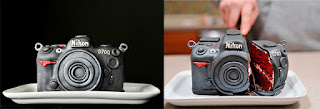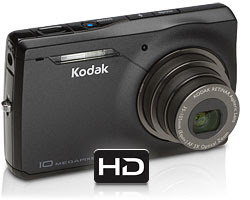The camera I didn't buy
I ran across a Nikon N2020 in a thrift store last week. It would make a great doorstop, or maybe a prop in a war movie. By dw_ross from Springfield, VA, USA (20121213_1371) [CC BY 2.0 (http://creativecommons.org/licenses/by/2.0)], via Wikimedia Commons The bottom plate was partially unscrewed. A thin patina of dust covered its surface. You couldn't read half of the control labels on the body. Nikon made many rugged 35mm single-lens reflex cameras. The N2020 wasn't one of them, despite being the company's first autofocus SLR model. I'm a long-time Nikon SLR owner. But I let it go. Some owners baby their cameras. Others toss them in a backpack and neglect them. And there's no hard-and-fast rule about which holds up better. SLR cameras of the 1970s and 80s were built with metal frames, but plastic soon took over. If you find a $10 Nikon in a thrift store, it's likely to need more than a dusting off and a fresh battery. Compact point-and-shoots are a...









